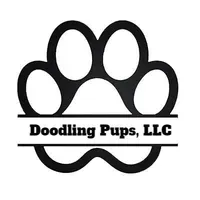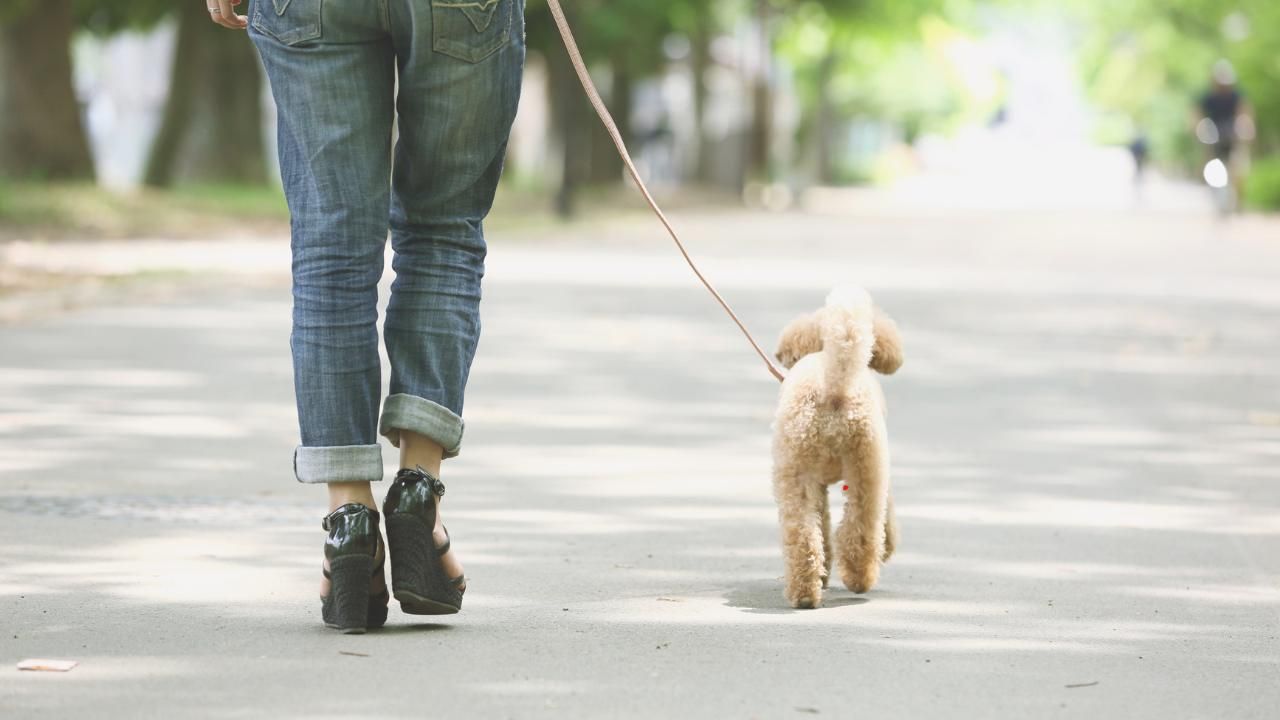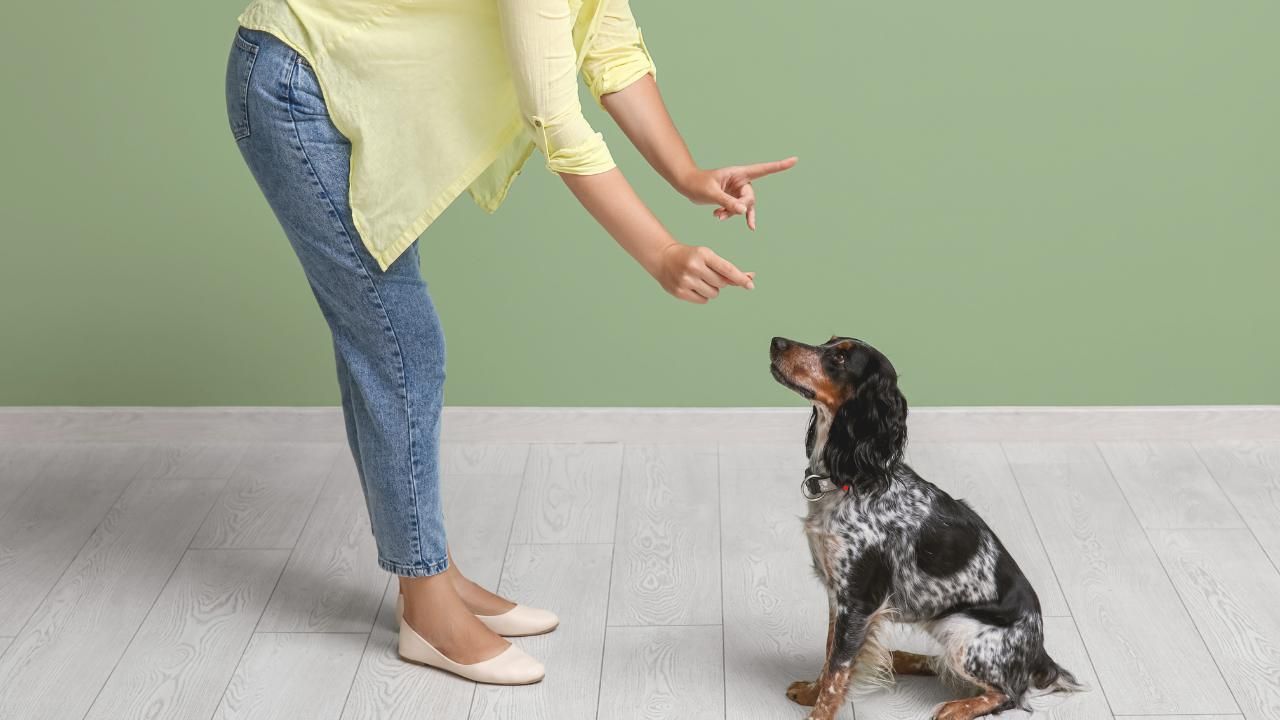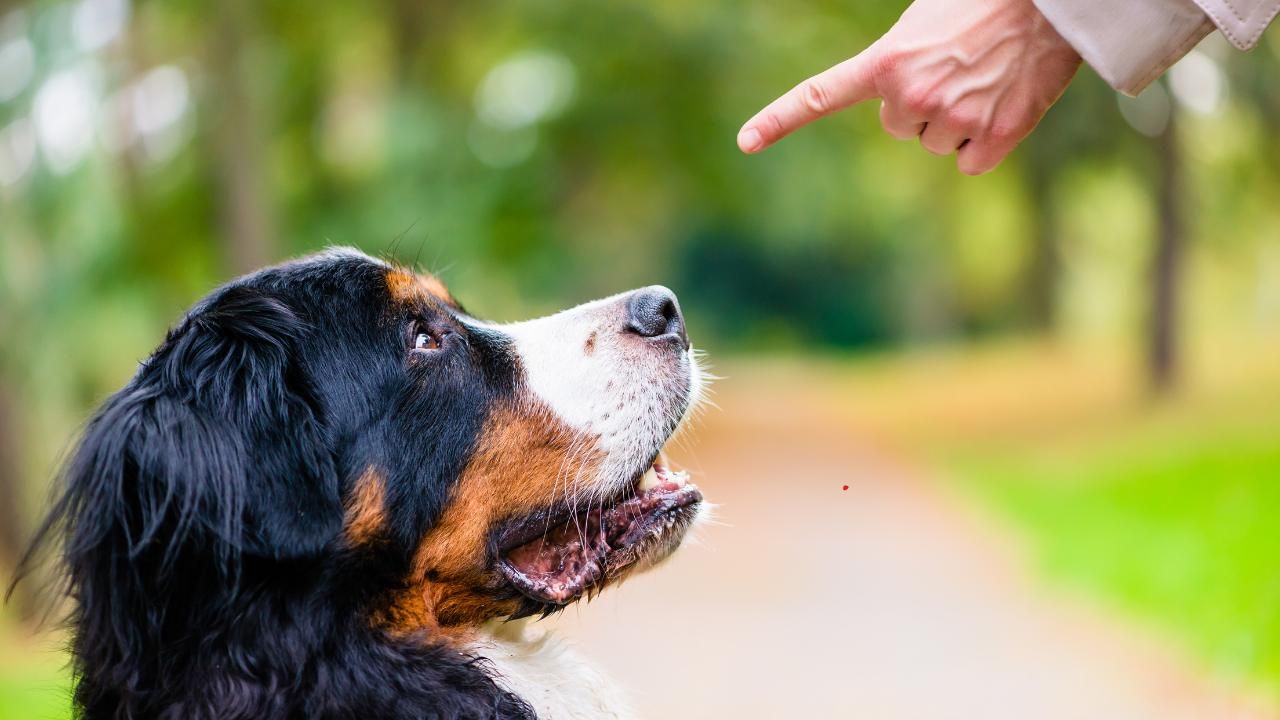How to Spot Signs of Allergies in Your Dog

Just like humans, dogs can develop allergies to a range of things—food, pollen, dust, even flea bites. The problem? Our furry friends can’t tell us when something’s wrong. That’s why it’s up to pet owners to spot the signs early and take action before symptoms worsen.
In this guide, you’ll learn how to recognize common allergy symptoms in dogs, what typically causes them, and when it’s time to consult your vet.
Common Symptoms of Dog Allergies
Allergies in dogs can manifest in subtle ways at first, but if left untreated, they can seriously affect your pup’s quality of life. Here are the most frequent red flags:
- Itchy skin (pruritus): Constant scratching, licking, or chewing—especially around the paws, belly, ears, and face.
- Red or inflamed skin: Look for hotspots, rashes, or raw skin patches.
- Ear infections: Recurring ear problems, head shaking, or dark discharge may indicate an allergic reaction.
- Watery eyes or sneezing: Environmental allergens often trigger these cold-like symptoms.
- Chronic licking: Particularly on the paws. Allergies often cause tingling or itchiness in this area.
- Hair loss or thinning coat: Bald spots or thinning fur can result from persistent scratching or licking.
- Digestive issues: Vomiting, diarrhea, or excessive gas may signal a food allergy.
Types of Allergies in Dogs
Not all dog allergies are the same. Pinpointing the cause can help guide treatment and avoid triggers.
- Environmental Allergies
Dust mites, mold spores, pollen, and grasses are common culprits. These allergens are often seasonal but can linger year-round indoors. - Flea Allergy Dermatitis (FAD)
This is an allergic reaction to flea saliva. A single bite can cause days of itching and discomfort. - Food Allergies
Proteins such as beef, chicken, dairy, or wheat often cause food sensitivities. Symptoms can include both skin irritation and gastrointestinal issues. - Contact Allergies
Less common, these occur when a dog’s skin reacts to specific materials like certain shampoos, synthetic fabrics, or even floor cleaners.
When to See the Vet
If you notice signs of discomfort that persist for more than a few days—or seem to get worse—it's time to schedule a vet visit. Your vet may recommend:
- Allergy testing: Blood or skin tests to identify environmental allergens.
- Elimination diet: A strict diet to rule out food triggers.
- Medication: Antihistamines, steroids, or immunotherapy may be prescribed depending on the severity.
Managing Allergies at Home
While only a vet can confirm a diagnosis, you can take steps to ease your dog’s symptoms and make them more comfortable:
- Use hypoallergenic shampoos to soothe itchy skin.
- Wash bedding regularly to remove allergens and dander.
- Vacuum frequently and invest in a HEPA air filter to improve indoor air quality.
- Limit outdoor exposure during high pollen seasons.
- Monitor diet and consider switching to grain-free or limited-ingredient foods if advised.
For those searching for hypoallergenic or low-shedding breeds, it's smart to do research before bringing home a new pup. Many people browsing “designer dogs for sale in Arizona“ turn to reputable AZ dog breeders like Doodling Pups, LLC, known for pairing families with allergy-conscious companions and providing guidance on care and recommended products that keep allergy-prone dogs comfortable year-round.
Case Study: Luna the Goldendoodle
Luna, a two-year-old Goldendoodle, began licking her paws excessively and developed red patches on her belly. Her owner initially assumed it was dry skin. But when the symptoms didn’t resolve, a vet diagnosed Luna with a dust mite allergy. After switching her to a special shampoo and adding a HEPA air purifier in the home, Luna’s symptoms improved dramatically. With consistent care and attention, she’s back to her playful, tail-wagging self.
Final Thoughts
Spotting signs of allergies in your dog early can prevent long-term discomfort and costly treatments. Pay attention to changes in behavior, skin condition, and digestion. The sooner you act, the quicker your dog can get back to feeling their best.
Take the next step: Schedule a vet checkup if your pup shows allergy symptoms and create a more allergy-friendly environment at home. Contact us today for guidance and support.














